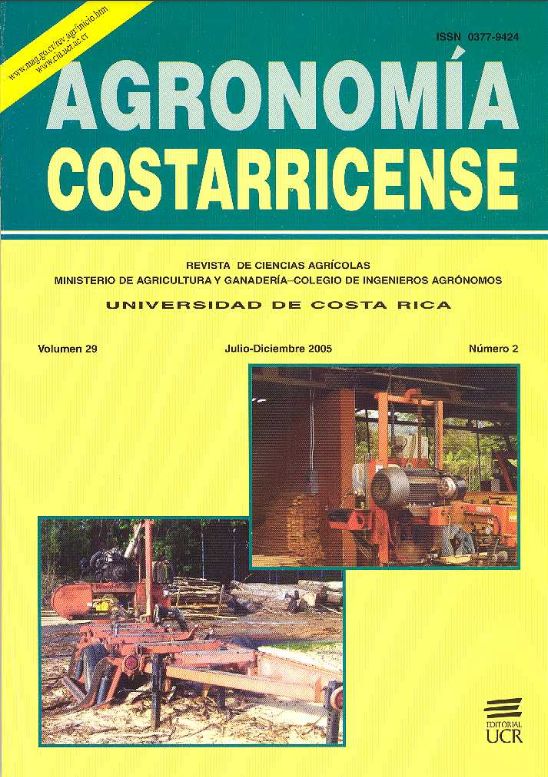Abstract
Solanum commersonii has been identified as a source of resistance to PVX. In order to identify molecular markers related to resistant genes a combination of BSA and AFLP techniques was used. An F2 population was obtained from crossing two F1 heterozygous parents resistant to PVX. The F2 was inoculated with the PVXMS. Thirty days after inoculation, an ELISA test was carried out, by which the progeny was divided into resistant and susceptible individuals to the PVXMS; with this information a BSA was conducted on both groups. DNA from all resistant individuals was subjected to a BSA aimed by AFLPs. The BSA allowed the identification of resistance-specific bands with 22 out of 64 primer combinations. Those primer combinations selected were used to analyze each individual of the whole F2 population. The analysis yielded 63 polymorphic bands related to resistance; with those bands information and the MAPRF6 program, it was possible to generate 4 linkage groups with a total of 23 markers, including some RGAs from another study. In one of the linkage groups, an RGA is co-segregating (0 cM) with the extreme resistance gene (Rx) locus and AFLPs 42 and 39 are surrounding the Rx locus at a distance of 22.6 cM or more. These data will provide the foundation for molecular marker assisted selection in potato breeding programs.
##plugins.facebook.comentarios##

This work is licensed under a Creative Commons Attribution-NonCommercial-NoDerivatives 4.0 International License.
Copyright (c) 2024 Agronomía Costarricense


